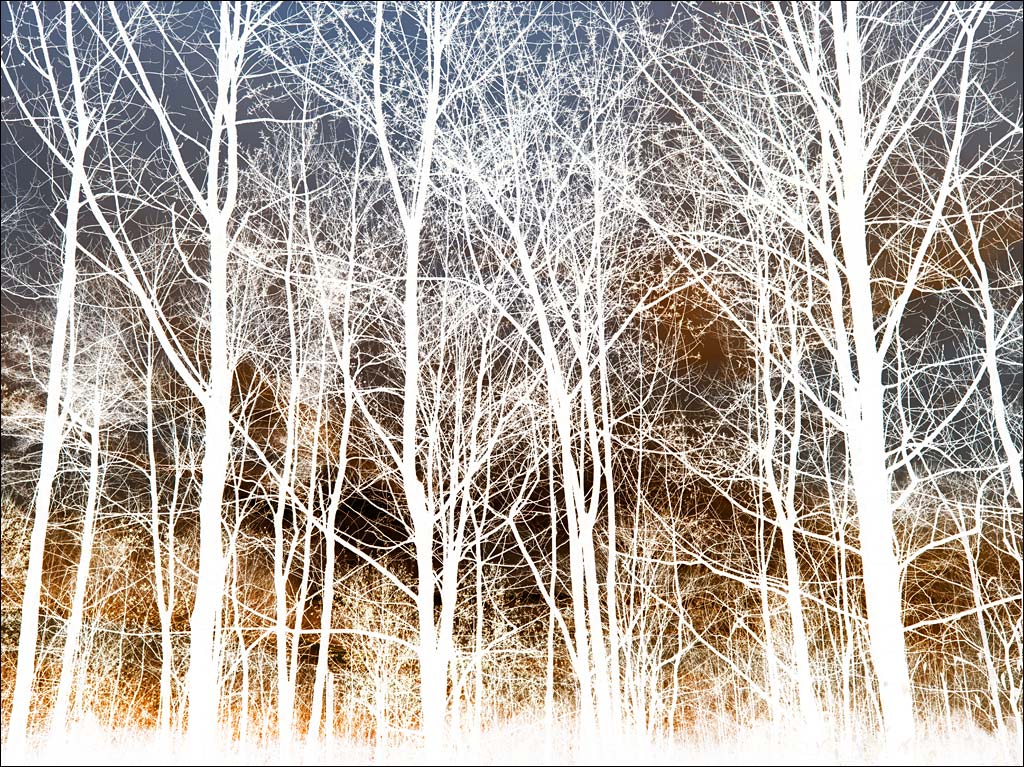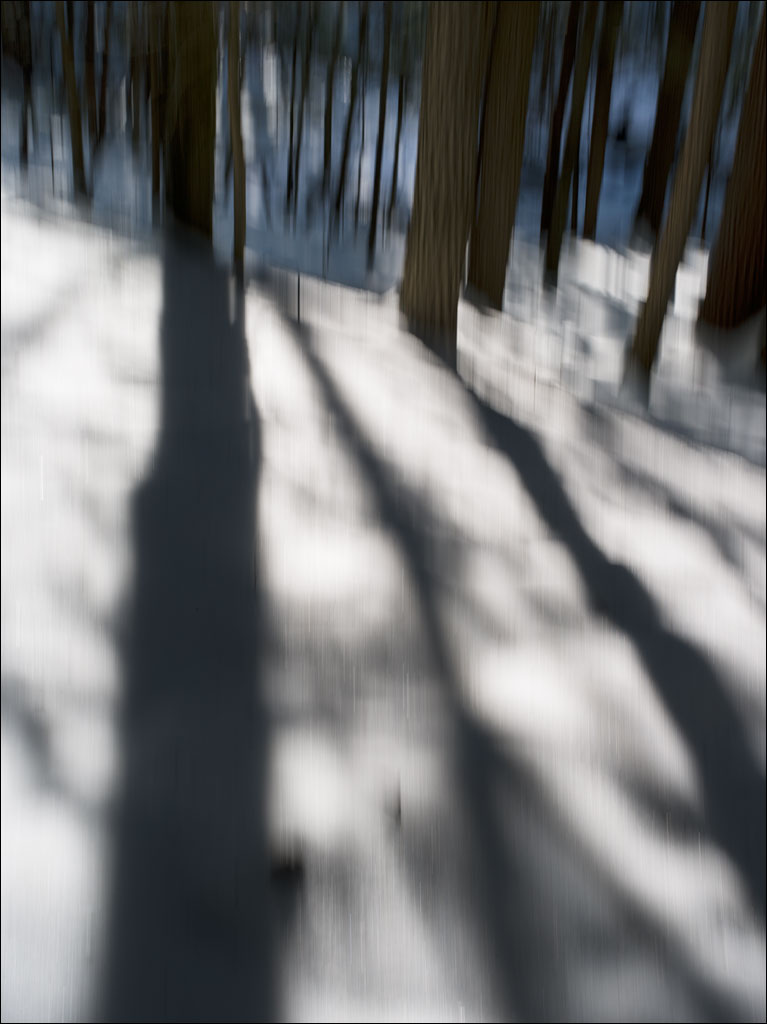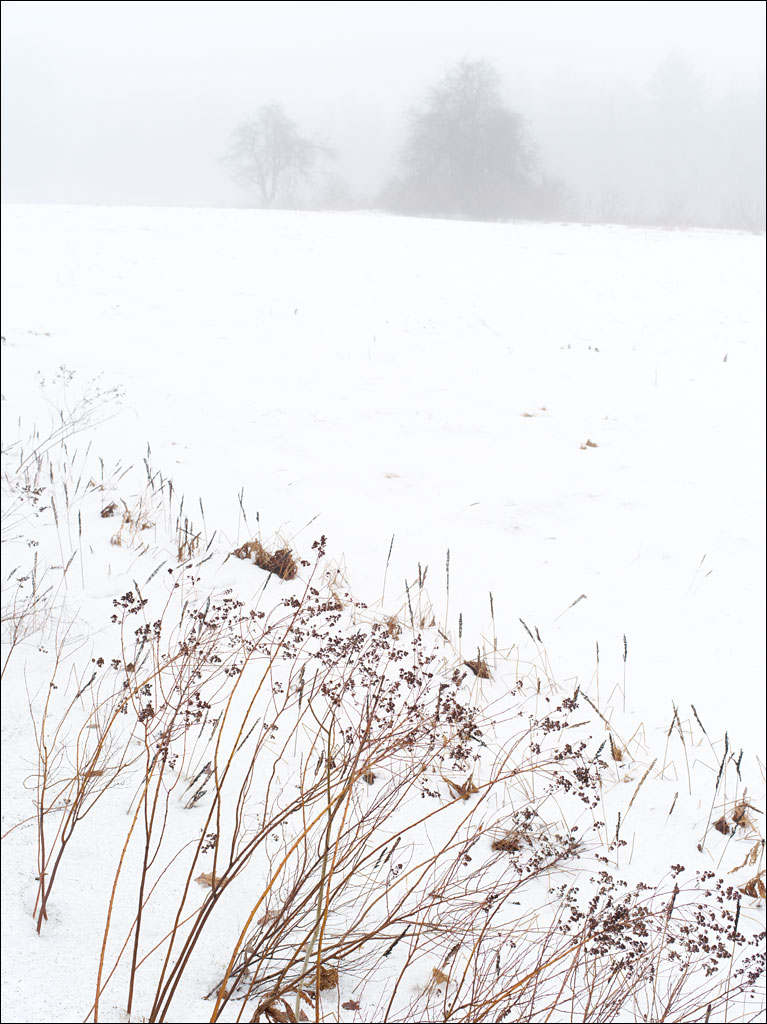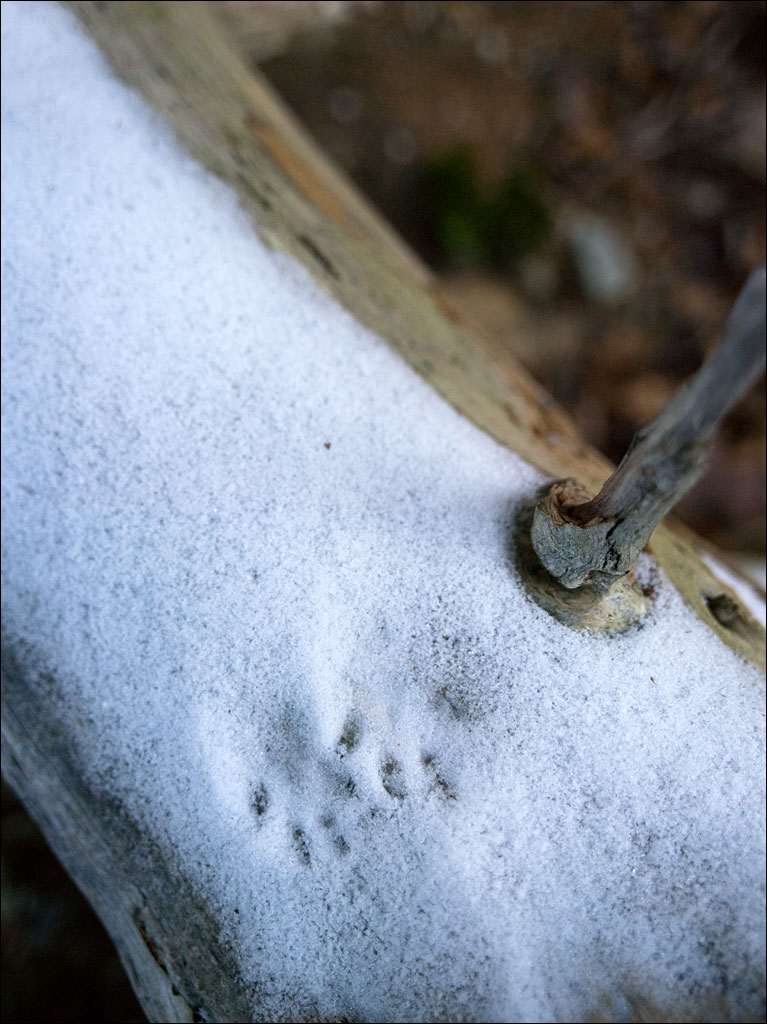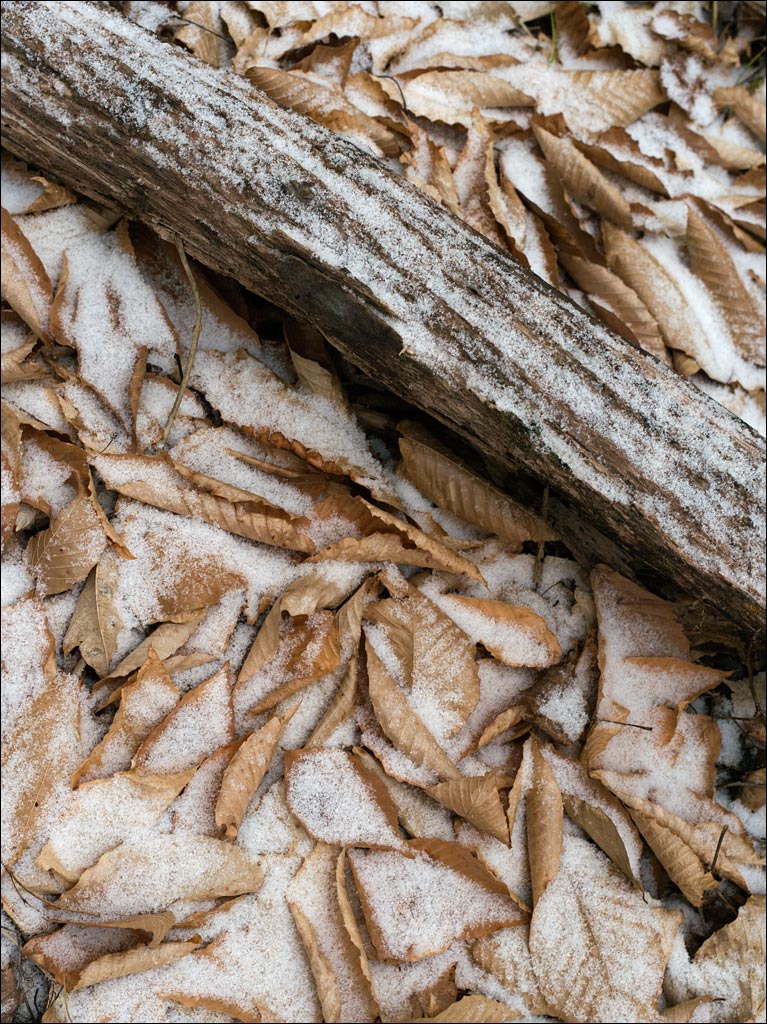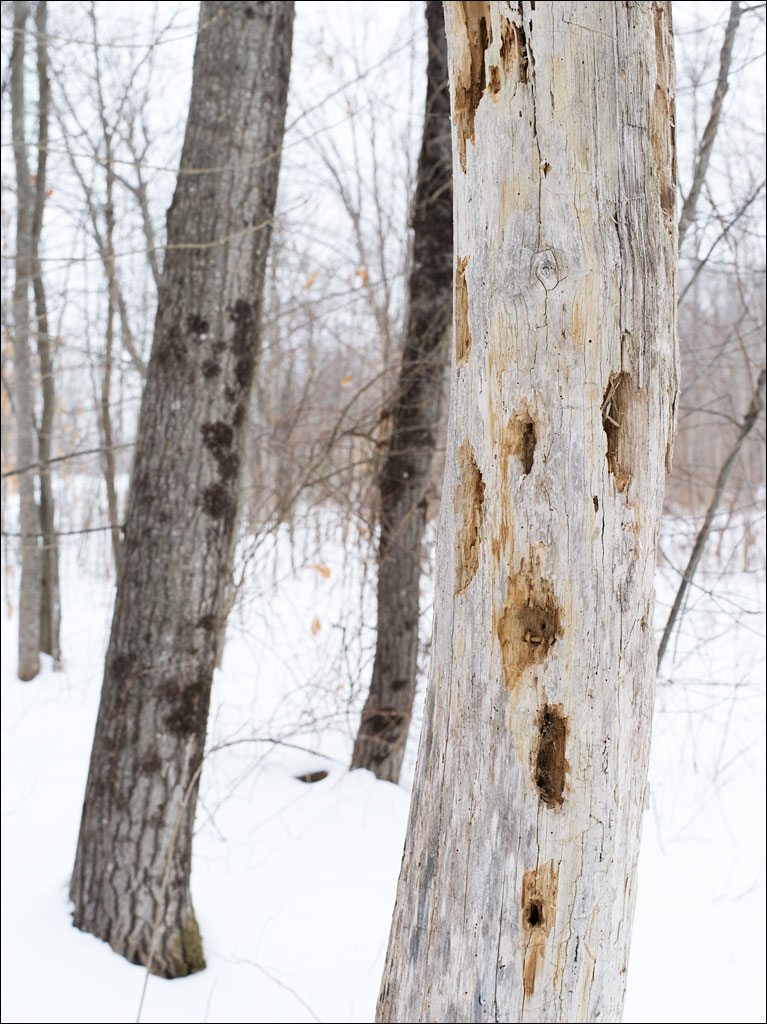 It was a gray winter day yesterday. I came across this snag, a dead standing tree. Snags have very little use to the human residents of a forest as they are usually too rotten to have any value for lumber or even firewood, but they do have great value to the other residents and the forest itself. As you can see, the snag is a great feeding post for our woodpeckers and flickers. When the tree finally falls, it will act as water storage for the forest. Click on the image for a larger view.
It was a gray winter day yesterday. I came across this snag, a dead standing tree. Snags have very little use to the human residents of a forest as they are usually too rotten to have any value for lumber or even firewood, but they do have great value to the other residents and the forest itself. As you can see, the snag is a great feeding post for our woodpeckers and flickers. When the tree finally falls, it will act as water storage for the forest. Click on the image for a larger view.
Tag Archives: Nature
Contrasts, Part 2
Contrasts, Part 1
Winter Fog
Winter Forage
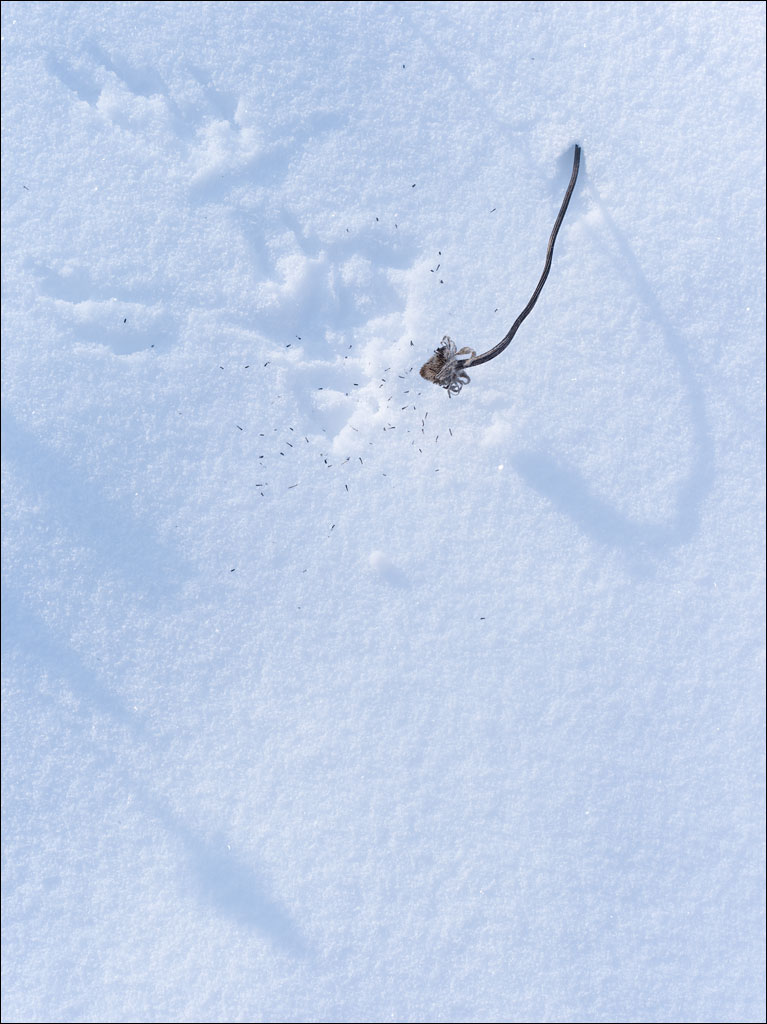 The search for food is a concern for animals throughout the winter. Many animals tunnel under the snow pack and so you rarely see signs of their activity. Someone found the dried remains of one of our Black-Eyed Susans. Click on the image for a larger view.
The search for food is a concern for animals throughout the winter. Many animals tunnel under the snow pack and so you rarely see signs of their activity. Someone found the dried remains of one of our Black-Eyed Susans. Click on the image for a larger view.
A Year in Color, 2014
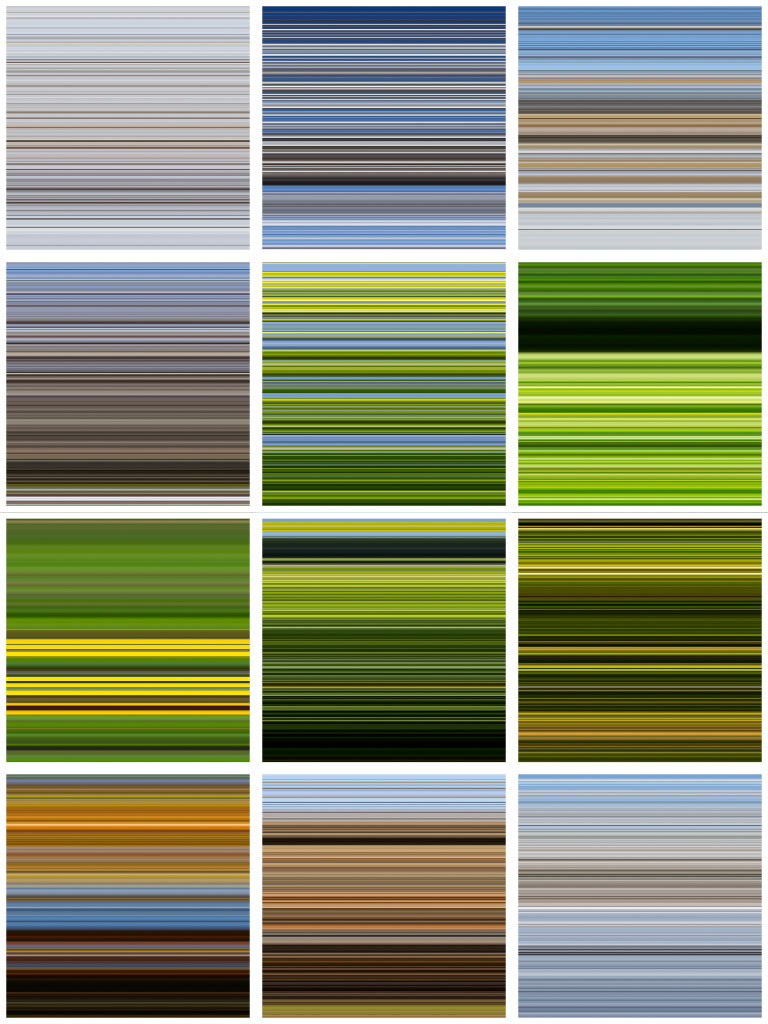 This is the change in color of our forest in 2014 for each month of the year from left to right and top to bottom. For another year go here. Click on the image for a larger view.
This is the change in color of our forest in 2014 for each month of the year from left to right and top to bottom. For another year go here. Click on the image for a larger view.
Illusions
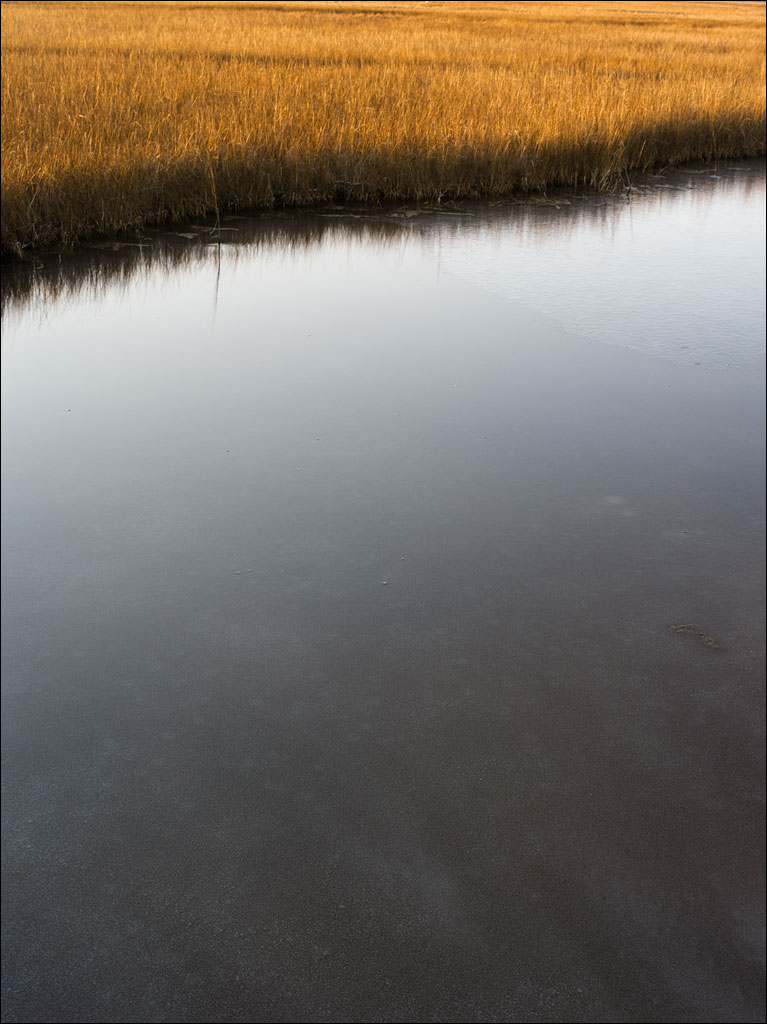 How do we see the natural world? How do we read the landscape? Every season has its illusions. The low sun of winter gives the land a warm, inviting character—known as the golden hour. This pond on a salt marsh in Bates-Morse Mountain Conservation Area is not liquid, but frozen over with a thick layer of ice. Click on the image for a larger view.
How do we see the natural world? How do we read the landscape? Every season has its illusions. The low sun of winter gives the land a warm, inviting character—known as the golden hour. This pond on a salt marsh in Bates-Morse Mountain Conservation Area is not liquid, but frozen over with a thick layer of ice. Click on the image for a larger view.
Signs of Life
Suspension
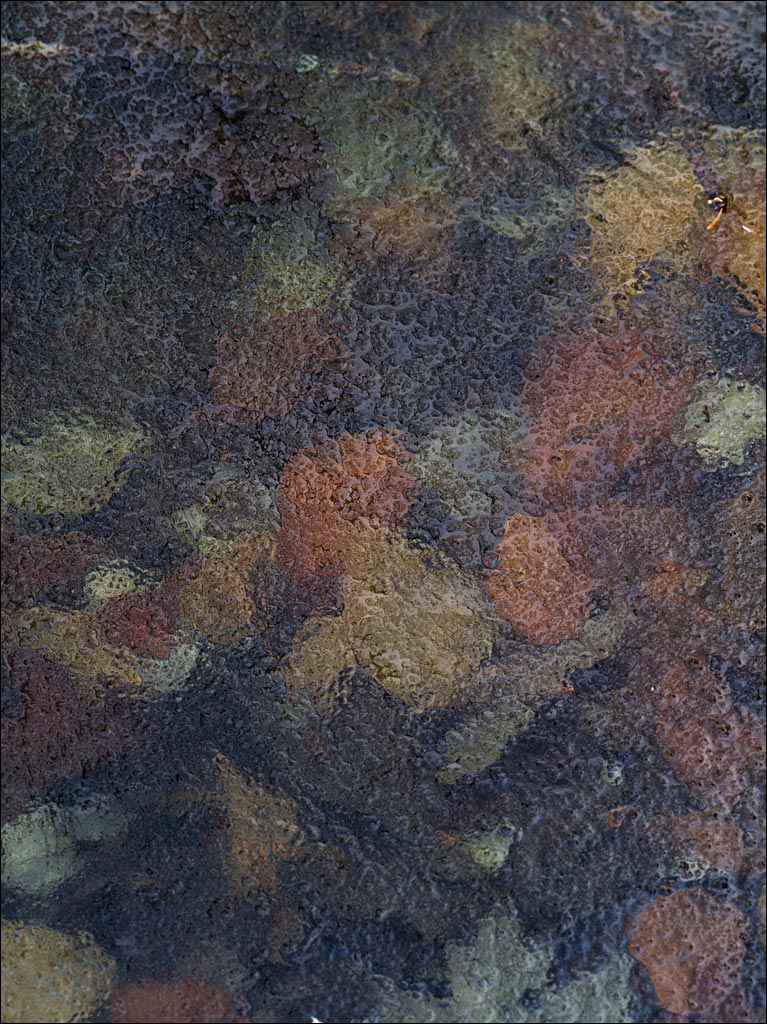 With the foliage off the trees, water pools on our forest floor and freezes with the falling temperatures. Ice will embrace its bounty until spring frees the land from winter. Click on the image for a larger view.
With the foliage off the trees, water pools on our forest floor and freezes with the falling temperatures. Ice will embrace its bounty until spring frees the land from winter. Click on the image for a larger view.

